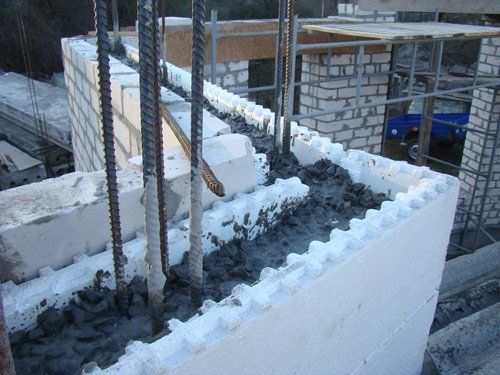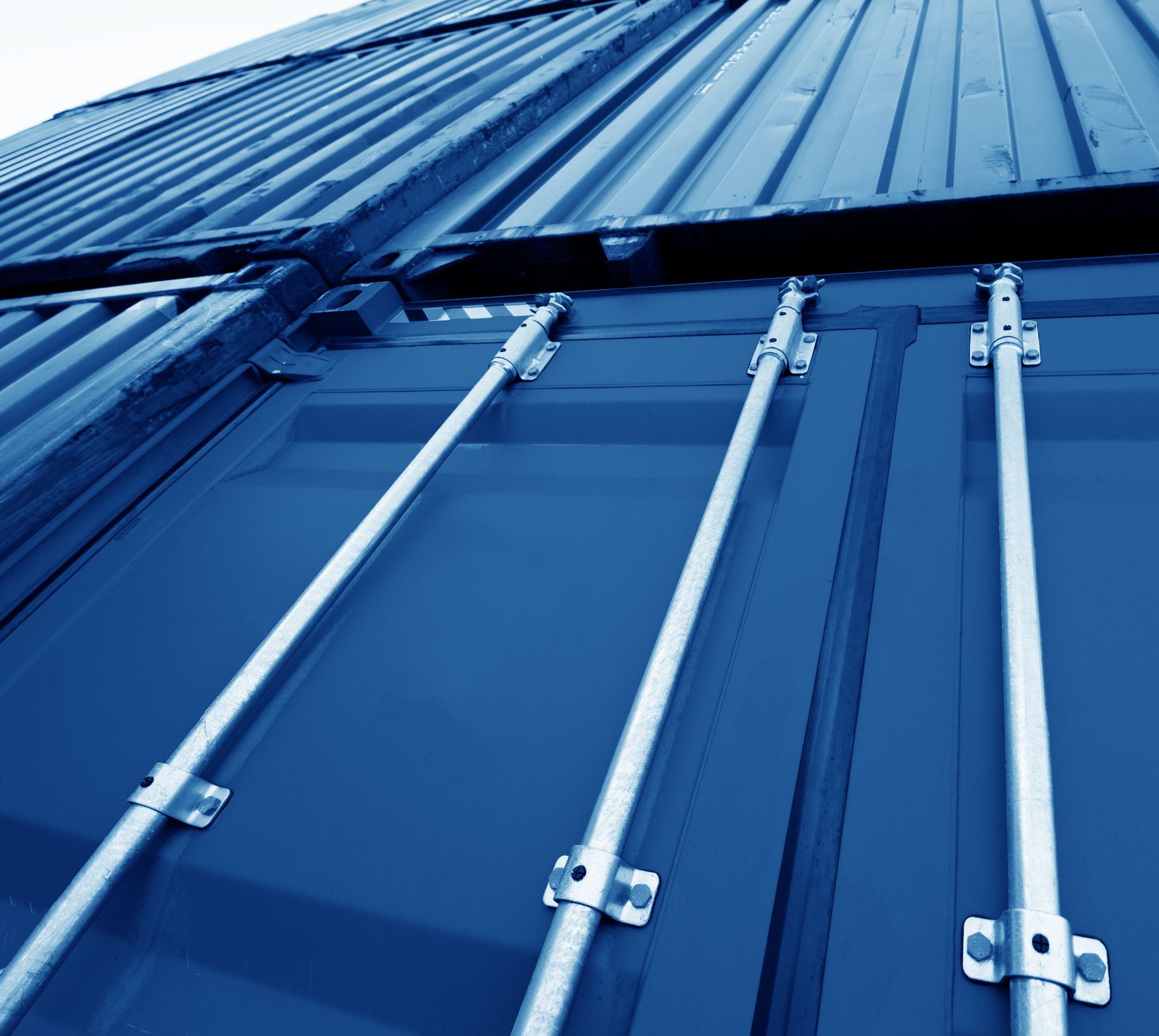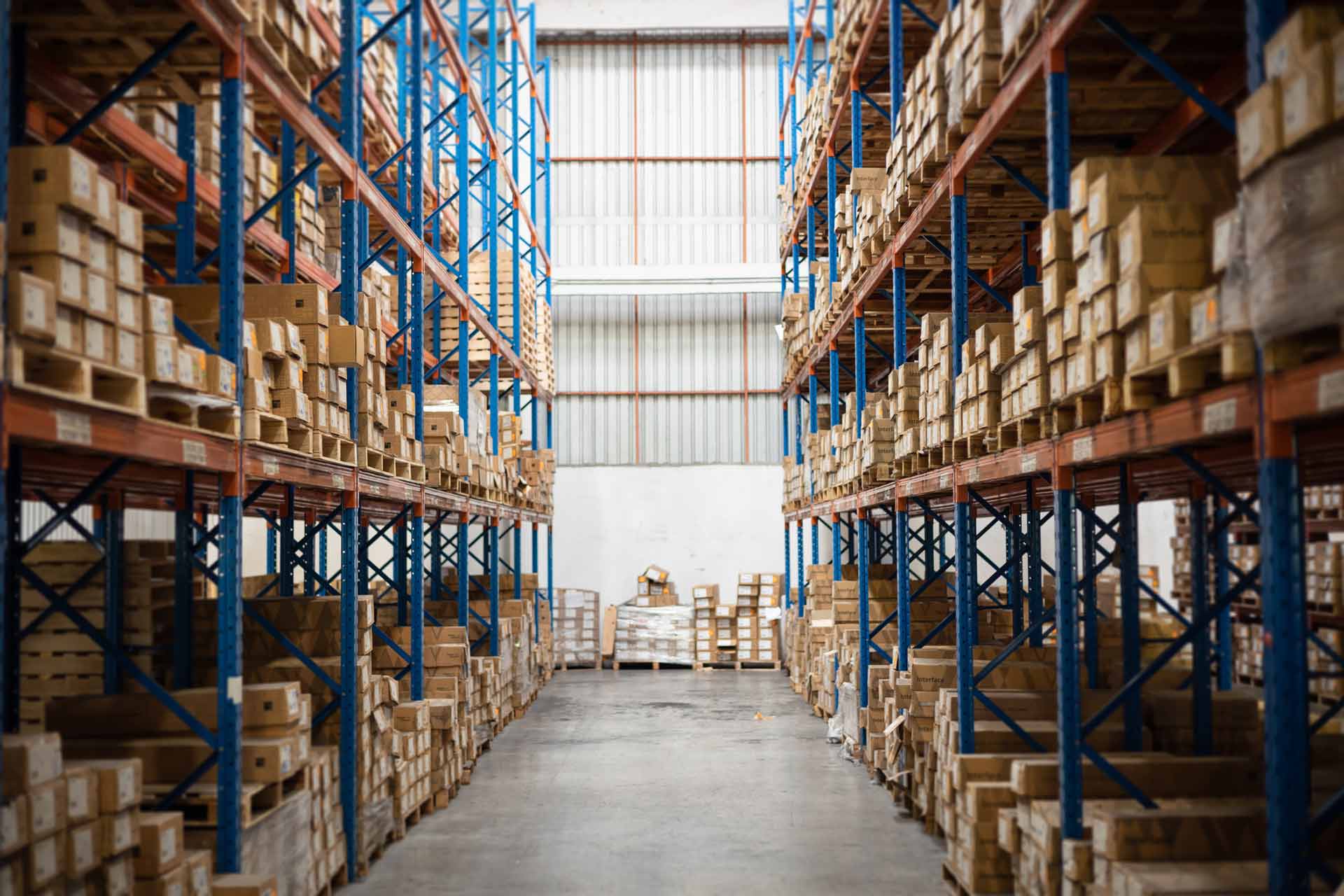3 KEY ADVANTAGES OF INSULATING CONCRETE FORMS
When it comes to designing a commercial property, builders have more options at their disposal today than at any other time in history. This abundance of options is undeniably a good thing. Yet for those who haven't caught up with all the newest trends, so many choices can seem intimidating. After all, you're going to have to live with your new building for many years to come.
One of the most exciting new trends in commercial building design involves the use of insulating concrete forms, or ICFs. For those who have already decided to pursue a building with concrete walls, ICFs offer a wealth of benefits. This article will increase your knowledge of ICFs by outlining three of the most exciting advantages they offer.
1. Energy Efficiency
All concrete buildings must utilize some type of form in the construction process. The forms act to create a void space corresponding to the shape of the walls. The contractor then fills this void with wet concrete and allows it to cure fully. At this point, the form can either be dismantled or left in place and incorporated into the outer layers of the wall.
Traditionally, virtually all cast-in-place walls were created using wooden forms. Insulated concrete forms make a significant departure from the wood-frame technique. Instead of wood, the forms consist of an insulating material - usually expanded polystyrene. Just like wood, these forms help to define the shape of the wall.
Yet once the concrete has cured, the ICFs remain in place, acting to boost the insulation of the resulting building. ICFs possess a much greater degree of thermal resistance than wooden forms. In other words, ICFs greatly increase a building's energy efficiency. Studies have shown that ICF construction results in energy savings of no less than 20 percent when compared to wood-framed buildings.
2. Durability
By now, virtually everybody appreciates the incredible durability of concrete. This durability constitutes one of the main reasons why business owners continue to choose concrete as a building material. Yet a concrete building constructed using wooden forms tends to be more vulnerable to problems as time goes on.
For one thing, those wooden forms can easily suffer from problems like wood rot and mold growth if the wall's exterior covering becomes damaged. Such damage allows water to intrude. As the wooden forms grow saturated with water, the concrete itself may begin to experience issues such as spalling and cracking.
Insulating concrete forms eliminate this potential problem altogether. The expanded polystyrene that makes up most ICF stands little risk of damage at the hands of water. On a physical level, ICF consists of a closed-cell structure - one that prevents it from absorbing or transmitting moisture.
As a result, concrete walls constructed using ICF technology offer unparalleled results when it comes to keeping your building safe from water damage.
3. Fire Resistance
Insulating concrete forms are also more fire-resistant than wooden forms. Make no mistake, however: fire is a serious threat to any building. Yet one constructed with wooden forms will give in to fire much more quickly than one with ICF walls.
Walls constructed with wooden forms tend to collapse within an hour when exposed to constant flames. An ICF wall under similar conditions may continue to stand for four or more hours. The difference between the two could easily save lives, giving you and your employees the time necessary to evacuate the building.
Insulating concrete forms have continued to gain popularity in the world of commercial property design. Such popularity makes perfect sense, the more you learn about ICF. For more information on whether ICF would make a suitable construction material for your next commercial building, please don't hesitate to contact the experts
Cochran Construction Company.


